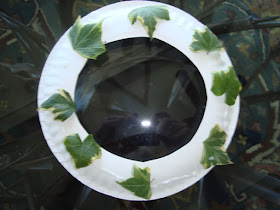Camp Kindergarten (Michelle Page)
We do camp kindergarten the last two weeks in the school year. Every morning we meet at the flagpole for the pledge and camp songs.
*“Baby Shark,” “The Ants Go Marching,” “Banana Dance,” “Chicka Boom,” and “Calamine Lotion” are a few songs we sing.
The parents write letters for “mail call” and the children write back.

We take an ABC nature walk and try to find objects for each letter in the alphabet.

We make s’mores and trail mix for snack.

The children bring blankets, towels, and sleeping bags. They get to take off their shoes to read, do work, listen to a story.
We go fishing for words (plastic pool and words with magnets).
We go on a bear hunt and then draw pictures of our adventure.
To tie in science we study about bugs and worms.
What an amazing way to celebrate and end the school year!
Look at our camp t-shirts with the kids’ names on the back.














































